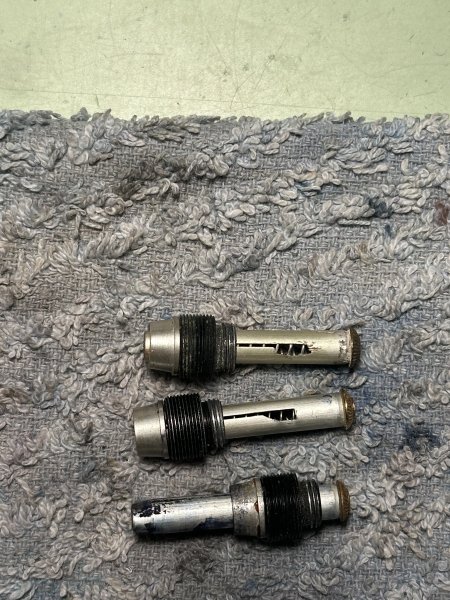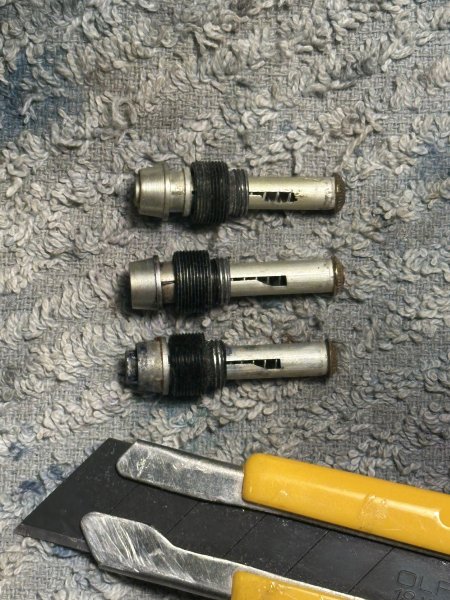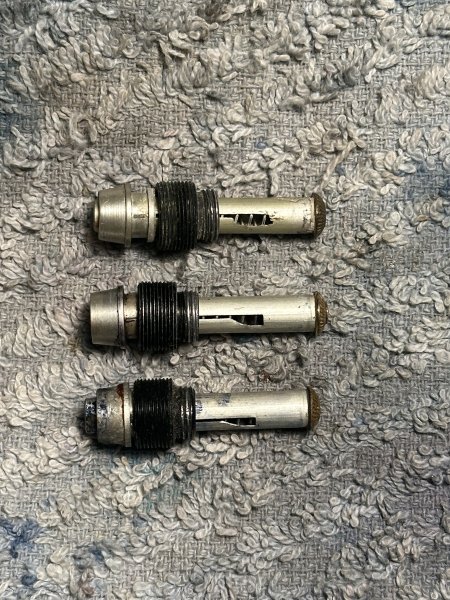Show Us Your Oblique Penholders!
-
Forum Statistics
357.5k
Total Topics4.7m
Total Posts -
Member Statistics
130,029
Total Members18,857
Most OnlineNewest Member
Idellaktj
Joined -
Images
-
Albums
-
32-bit Goodness
- By A Smug Dill,
- 19
-
Vac Lockdown Filler Repair from the parts bin
- By VacNut,
- 0
- 0
- 9
-
Souverän M809 Black Matte (Special Edition)
- By tacitus,
- 15
-
Chinese Pens 2025 dc
- By Dan Carmell,
- 0
- 0
- 91
-
namrehsnoom-19
- By namrehsnoom,
- 0
- 0
- 98
-
















.thumb.jpg.f07fa8de82f3c2bce9737ae64fbca314.jpg)









Recommended Posts
Create an account or sign in to comment
You need to be a member in order to leave a comment
Create an account
Sign up for a new account in our community. It's easy!
Register a new accountSign in
Already have an account? Sign in here.
Sign In Now